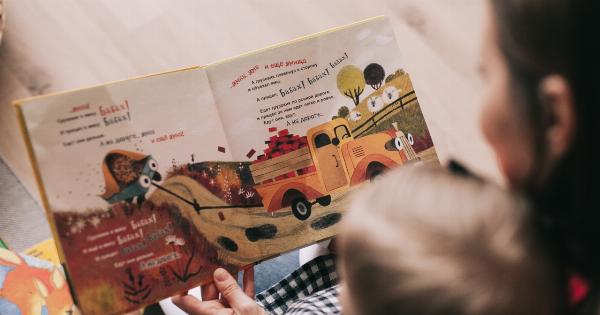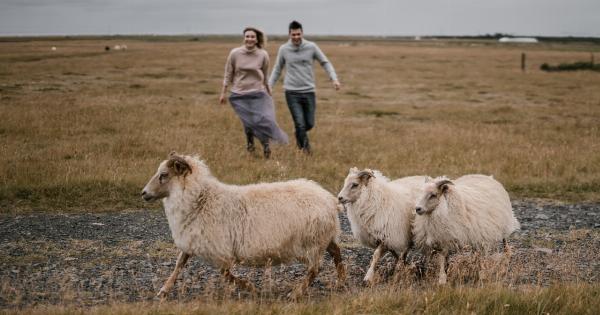Siberia, the vast and rugged region of Russia, is known for its breathtaking landscapes, extreme weather conditions, and rich natural resources.
Among these valuable resources is wood, which has played a significant role in Siberian culture and economy for centuries. However, the extensive reliance on timber extraction has led to environmental concerns and a need for alternative practices.
In recent years, an innovative approach known as the “art of healing wood dependency” has emerged, aiming to mitigate the negative impacts of deforestation while preserving the cultural significance of wood in Siberian society.
The Historical Importance of Wood in Siberia
Wood has been an integral part of Siberian life for generations. The region’s abundant forests provided shelter, fuel, and materials for various construction and craftwork.
Traditional Siberian architecture, such as log cabins and wooden churches, showcased the exceptional craftsmanship and deep connection to nature. Woodworking skills were passed down through generations, with techniques and knowledge preserved within local communities.
Modern Challenges and Environmental Concerns
As industrialization and urbanization swept across Siberia, the demand for timber increased exponentially. Forests that were once seemingly infinite and resilient started showing signs of strain.
Unregulated logging practices, unsustainable growth, and the lack of reforestation efforts began to take their toll on the delicate ecosystem. Environmentalists and local communities grew increasingly concerned about the loss of biodiversity, soil erosion, and disrupted water cycles.
The Art of Healing Wood Dependency
The art of healing wood dependency aims to address the environmental challenges arising from unsustainable timber extraction.
It combines traditional knowledge, innovative practices, and a deep respect for nature to foster a more sustainable relationship with wood in Siberia. This approach recognizes the value of wood while striving to preserve forests for future generations.
Preserving Forests through Responsible Logging
One key aspect of the art of healing wood dependency is the promotion of responsible logging practices. Instead of clear-cutting entire forests, selective cutting methods are employed to minimize the ecological impact.
Skilled loggers identify mature trees for harvest while leaving younger ones to grow and contribute to forest regeneration. Additionally, efforts are made to replant and restore areas that have been logged.
Encouraging the Use of Alternative Materials
To reduce the overreliance on wood, the art of healing wood dependency emphasizes the use of alternative materials in construction and crafts.
Innovative technologies and sustainable materials like bamboo, recycled composites, and even biodegradable substances are explored. It encourages artisans and designers to think creatively and adapt their traditional techniques to incorporate these new materials.
Revitalizing Traditional Woodworking Skills
While promoting alternative materials, the art of healing wood dependency also aims to preserve traditional woodworking skills.
Woodworking has been an essential part of Siberian culture, and by revitalizing these skills, the artform can continue to flourish. Woodworkers are encouraged to explore new designs, techniques, and approaches that align with principles of sustainability.
Education and Awareness
Another vital aspect of healing wood dependency is education and raising awareness among both local communities and the general public.
Workshops, seminars, and exhibitions are organized to showcase the importance of sustainable practices and the impact of unchecked wood consumption. By fostering a greater understanding of the environment and our role in its preservation, this movement aims to create a culture that values and protects Siberia’s precious forests.
Collaboration and Partnerships
Healing wood dependency requires collaboration between various stakeholders. Government agencies, environmental organizations, indigenous communities, and the timber industry must work together to develop and implement sustainable practices.
Through partnerships, regulations can be established to ensure responsible logging, support for alternative materials can be provided, and initiatives for reforestation and habitat conservation can be undertaken.
The Future of Wood in Siberia
As the art of healing wood dependency gains momentum, the future of wood in Siberia begins to look more sustainable.
By striking a balance between preserving traditional craftsmanship and embracing innovative approaches, Siberia can continue to celebrate its cultural heritage while safeguarding its invaluable natural resources. The art of healing wood dependency serves as a model for other regions facing similar challenges, highlighting the importance of collective efforts in achieving a harmonious relationship between humans and nature.
In Conclusion
The art of healing wood dependency represents a transformative approach to mitigate the negative impacts of extensive timber extraction in Siberia.
By combining traditional knowledge, responsible practices, and innovative materials, this movement seeks to restore the delicate ecological balance while preserving the cultural significance of wood in Siberian society. Through education, collaboration, and conscious decision-making, a sustainable future for wood in Siberia and beyond can be secured.






























